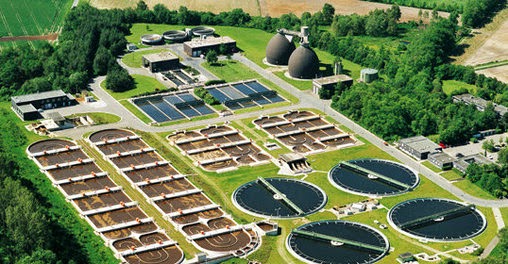This last week I had the pleasure of attending the AgStar
Technoledge Conference in Minneapolis.
The conference was filled with lots of good talks about how to
incorporate new, innovative technologies into your farm (whether it be a crop
or animal farm) and a chance to talk with famers who already are, or are
thinking about ways to integrate these techniques into their operation. There
were lots a great presentations on technology in agriculture. Topics ranged
from an economist discussing how agriculture will respond to challenges over
the next 35 years, housing the pig of tomorrow (check out Dr. Mike Brumm’s blog
at http://forum.mnpork.com/forum/) , and even a panel discussion some of the
things these farmers were already doing – row clutches, GPS guidance and auto-steer,
and drones. Then there was me, brought in to discuss precision agriculture in
relation to manure management. What was I going to talk about, I’m not a precision
ag or big data guy, I’m a manure guy, but I was going to give it a try.
So, to get started on these things definitions are always
good, so what is big data and precision ag. We probably all have some
definition for these things in our head and mine are no better, but to me Big
Data is having extremely large data sets that can be analyzed with neat
computational techniques to reveal some pattern. Precision agriculture is then
using these relationships to and improved understanding to make more specific
management decision, such as managing different areas of a field separately or
tailoring our treatment of one cow differently than another. The idea is that
by tailoring our decisions to the specific needs of those different management
zone or treating each animal a little differently we can improve the overall
production.
This got me thinking, what does it take to make “big data”
or “precision” anything successful. One example that we probably all have heard
about is in sports, the Moneyball approach, so I figured I’d start there. Well
as luck would have it, Nate Silver over at fivethirtyeight.com wrote an article
about what made big data successful in sports. He said there are three things that
have driven the data revolution in sports. 1. You need lots of data, and it
needs to be of good quality, 2. You have to know the rules, and 3. You need a
way to get meaningful feedback and clear ways of measuring success.
What does this mean for agriculture and the big data revelation?
Well, in this regard agriculture offers some greater challenges than sports.
Sure we can collect lots of data, but it’s not all available (and I’m not
saying it should be), but one of things that drove the sports analytics
movement was the access that everyday people having the sports data and working
with it until they found an answer to some question that was important. More
concerning is you have to know the rules. Sports are rigidly defined games, we
picked the rules, so we know them. In agriculture it doesn’t work that way, we
have been discovering the rules for the entire human existence, and we know now
more than ever, but we don’t know them all. For example, we know that corn
responds positively to nitrogen addition, but we still have trouble predicting
how different soil and weather conditions interact to get the ideal nitrogen
application rate. Finally, we know our goal is to increase productivity (or
profit) per acre, or animal, but in many cases we don’t get a lot of samples
(you only grow one crop on that acre every year).
Let’s look back at sports, for a long time pitchers were
primarily judged by how often they won and lost. You only have to look back to
1990 to see an example of this. In 1990, among the two pitchers in the American
League who lead the Cy Young voting Pitcher A went 21-6 and Pitcher B went
27-6. Pitcher B one the Cy Young; at its face, this seems fair, the guy won 6
more games, his results were better right. Since that times we’ve really
started to focus on other stats when evaluating pitchers, it turns out wins are
too dependent on other things, like how many runs your team scores, to be a
good predictor of future success or really indicate how well you pitched that
year. In this case, it turned out that pitcher A was better in almost every
meaningful pitching category, his ERA was 1.93 as opposed to 2.95, he allowed
1.08 hits or walks per inning instead of 1.22, and most impressively, his ERA+
was 213 instead of 126. ERA+ is a stat that supposedly adjusts the pitchers ERA
for the ballpark he pitched in and the ERA of the pitcher’s league, so you can compare
pitchers across history, a higher number is better.
So what’s that story tell us about big data in agriculture?
Well just because we made a better decision (or were a better pitcher) doesn’t
mean we got better results. Sometimes the ball just doesn’t bounce are way. The
important point to remember, is that by making a better decision and following
the correct thought process are odds of succeeding increase. Focus on the
process, not the results – the results will follow.
In manure, we’ve went from this
To this:
But the fundamental tenants have remained the same, it’s all
about getting the right amount, in the right place, at the right time, and
using the right method. No one knows for sure where you go from here, but
figuring out the best ways to use and understand the data makes it an exciting
time in agriculture.









